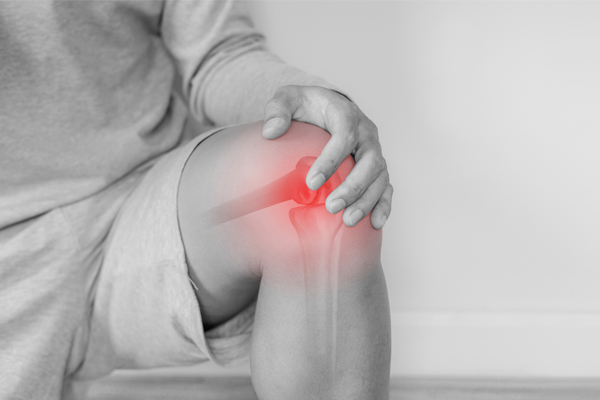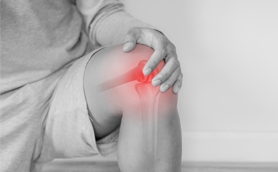
In the past, replacing a joint usually meant general anesthesia for surgery, followed by grogginess and the need for strong narcotic pain relievers. Today, patients have better choices regarding anesthesia for their joint replacement surgery. Healthcare providers have better options with regional and local anesthesia to reduce side effects and help with post-surgical pain.
Anesthesia is typically chosen based on the type of procedure, and the best method for the overall health of each individual. Joint replacement surgery of the hip and knee typically requires one of three types of regional anesthesia:
Spinal Anesthesia numbs the target area. After using a topical numbing solution on the skin, the anesthesia is administered through a needle placed in the lower back. Patients may have consciousness during the procedure, but the anesthesia ensures no pain or sensation, and this option is completely safe. Spinal anesthesia produces a rapid numbing effect that provides hours of pain relief before it wears off.
A Nerve Block is typically done in an outpatient setting, where an anesthesiologist gives a peripheral nerve block. Numbing medicine (or local anesthetic) is delivered near the nerves of your joint. The peripheral nerve block prevents pain signals from the joint from reaching the brain. The block lasts about 24 hours after surgery, and can help you feel better right after surgery.
General Anesthesia has been the standard practice for decades, using a catheter inserted into the spine to deliver anesthesia. Through a combination of intravenous drugs and inhaled gasses. General anesthesia refers to the patient "going completely under." They typically require the placement of a breathing tube and the ventilator machine to breathe for the patient while they are asleep.
Sedation and pain management are a significant part of your journey to joint replacement. It is normal to experience some pain after surgery. The Patient Controlled Analgesia Method, using a “pain pump”, is often used at home after outpatient joint replacement, where the patient can administer pain medication via intravenous pump. The home pump and non-steroidal anti-inflammatory oral pain medications can keep you comfortable while you rehabilitate your new hip or knee back to an active lifestyle. Today’s anesthesia options and pain control options allow a positive patient experience and better outcomes.
AUTHOR:Dr. Paul Jacob is a certified master surgeon in joint replacement and robotic joint replacement of the hip and knee in Oklahoma City. Dr. Jacob is recognized as one of the Top 3 Orthopedic Surgeons in Oklahoma, who has performed over 5000 robotic joint replacement procedures. Dr. Jacob is active in numerous research studies on joint replacement technology and robotic outcomes.













